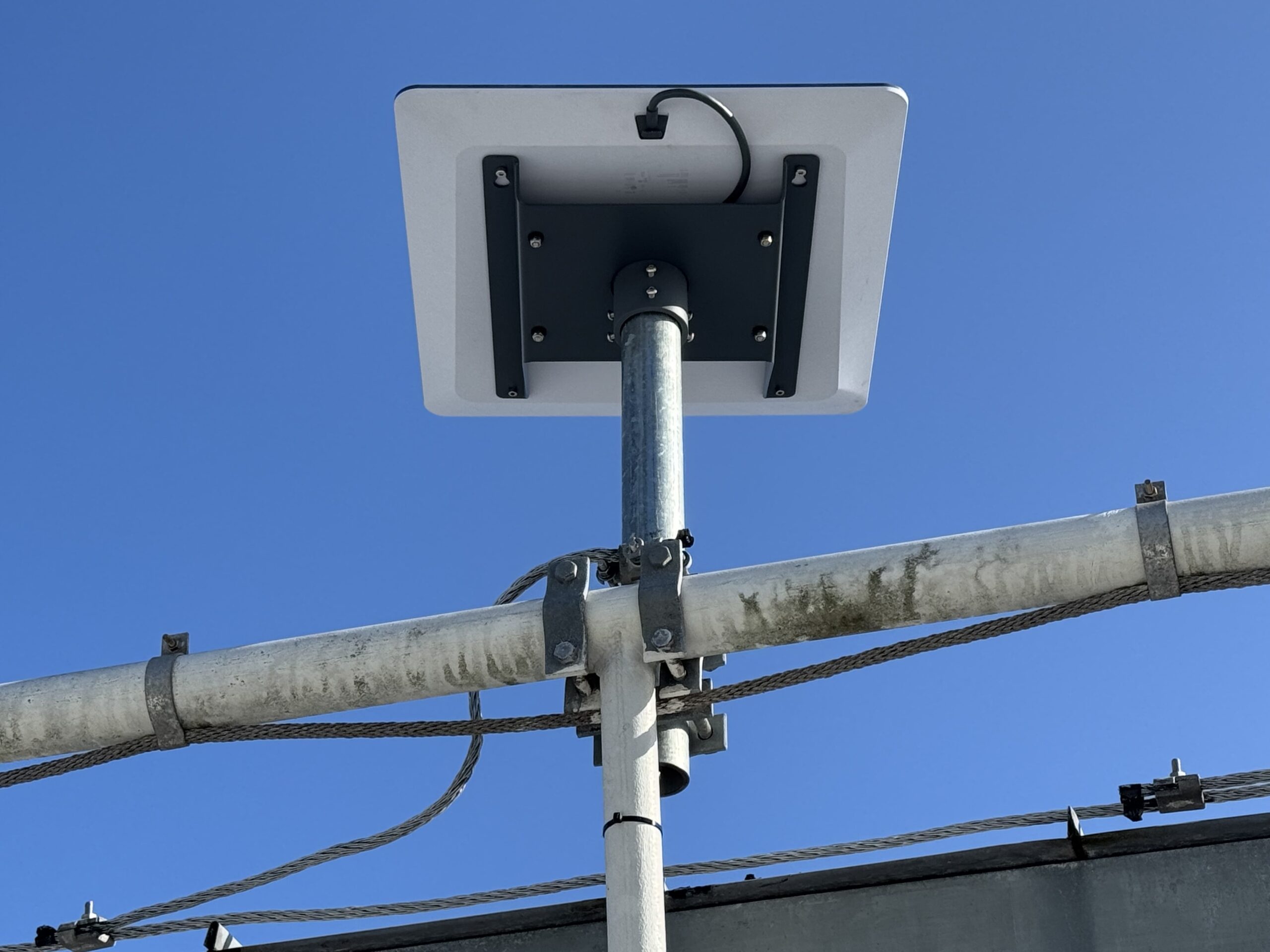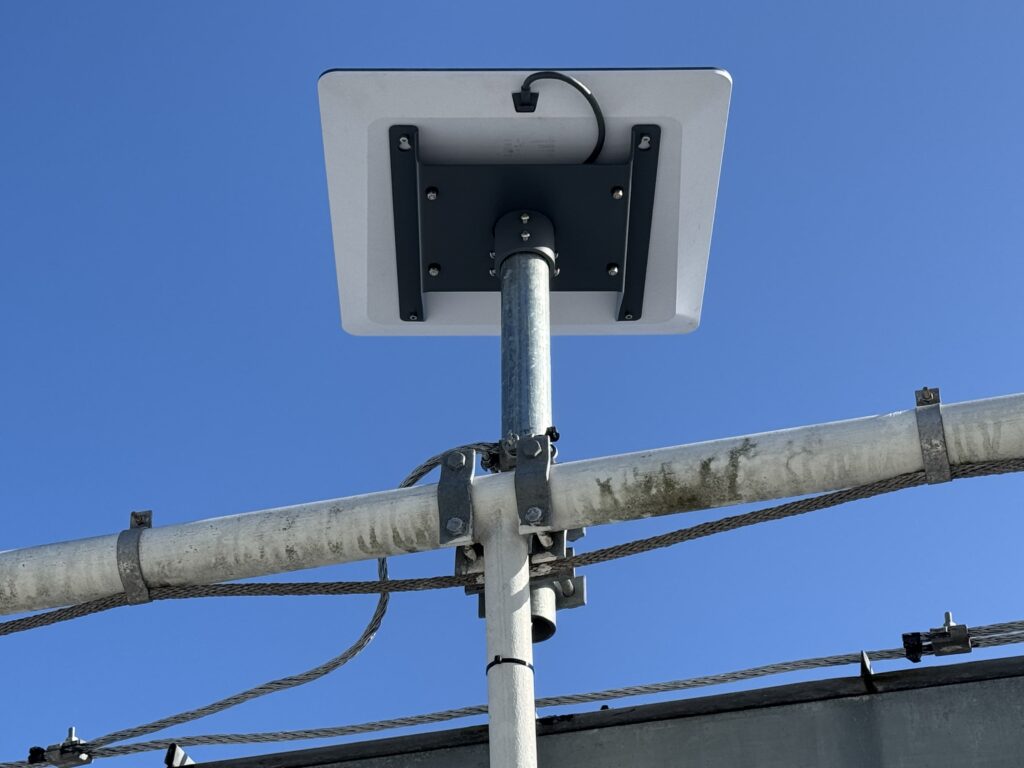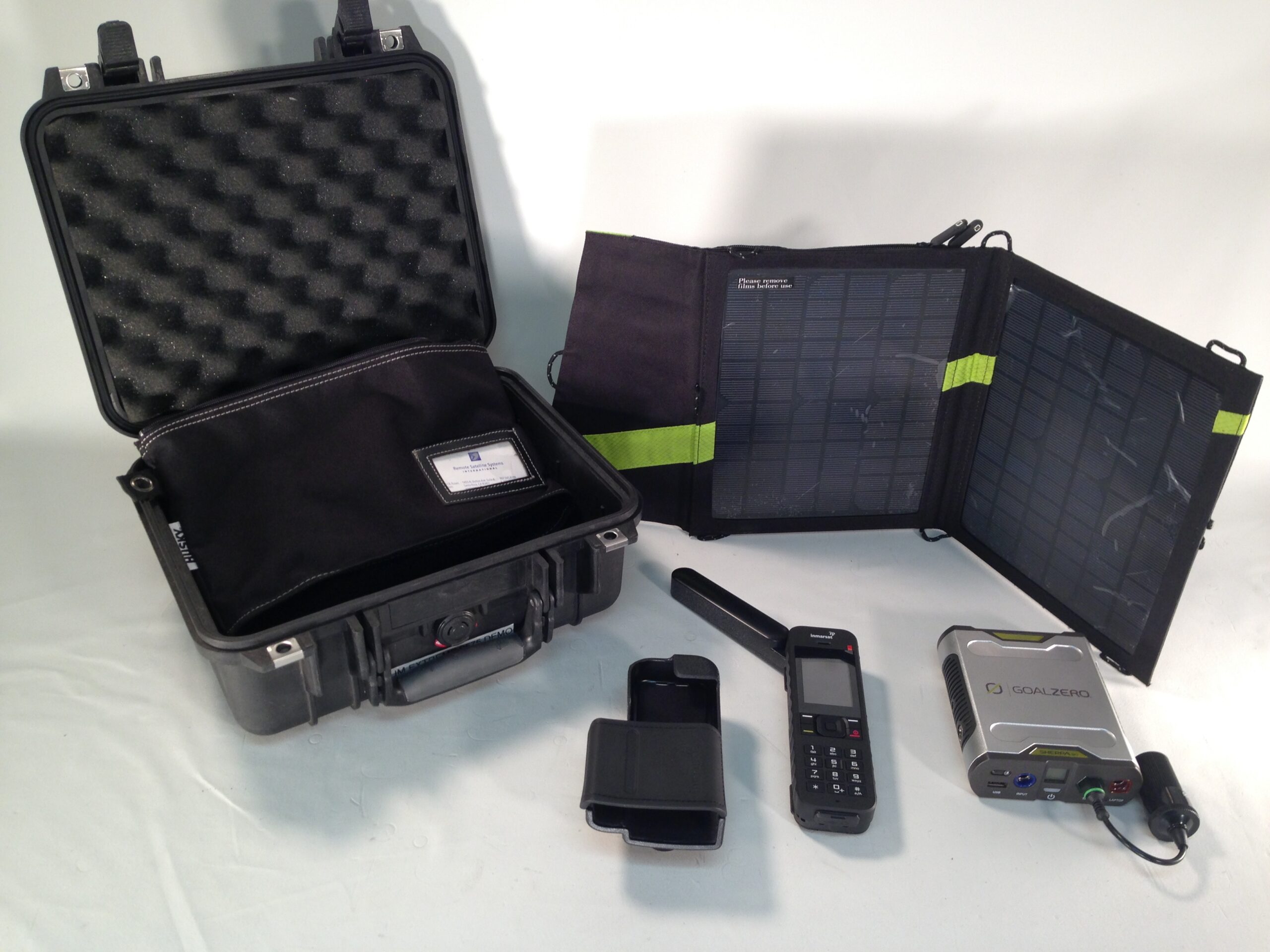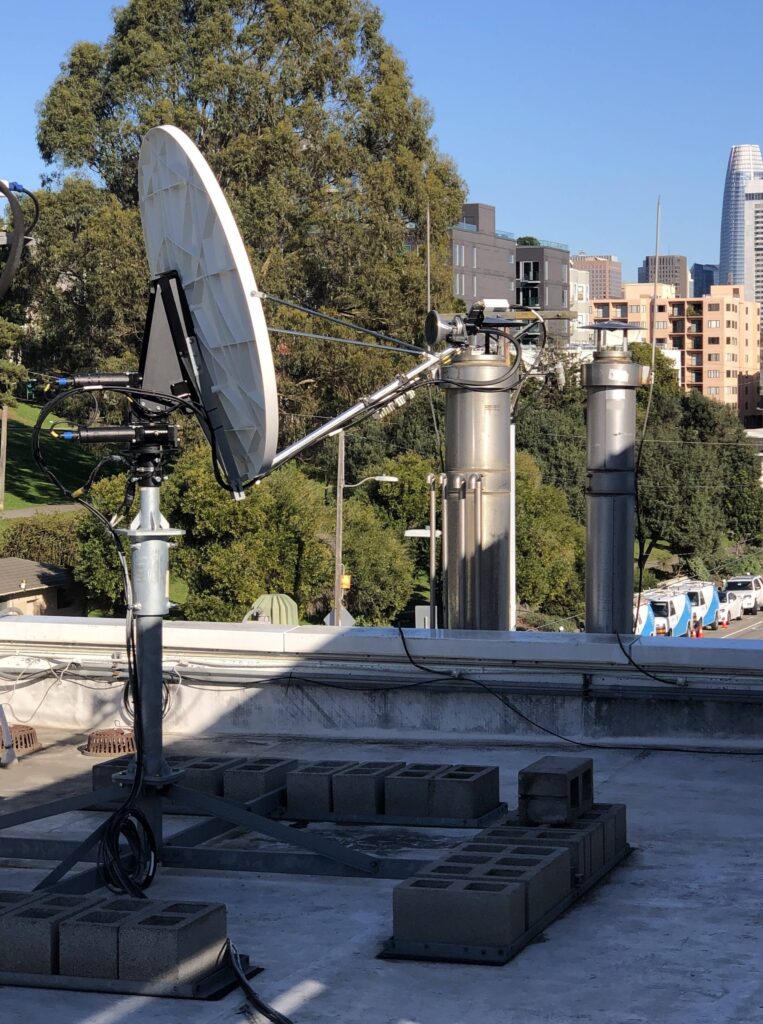At Remote Satellite Systems, we understand that dependable internet connectivity is mission-critical for organizations operating in remote or challenging environments. Whether you’re managing public safety operations, running industrial sites, or deploying temporary networks for emergency response, choosing the right Satellite Network Operator (SNO) can make all the difference.
Two of the biggest names in low Earth orbit (LEO) satellite internet (with many more to come) are —Starlink and OneWeb—making major strides in the enterprise space. With Starlink now expanding its offerings beyond residential markets and OneWeb continuing to grow its global business-focused network, the competition for enterprise customers has never been more relevant. Here’s what you need to know.
Reliability in Critical Situations
When every second counts, reliability is paramount.
Starlink has earned global praise for its high download and upload speeds, particularly in areas where traditional internet options don’t exist. It’s proven to be a game-changer for rural communities, small businesses, and individuals who previously struggled to get online.
However, because Starlink’s network is still evolving, users have reported occasional service interruptions. While these may not be a problem for everyday use, they could be a concern in disaster response or other mission-critical applications.
OneWeb, in contrast, has built its network with a strong emphasis on performance and QOS – Quality of Service. Its infrastructure is designed to avoid congestion and minimize packet loss, providing steady performance even in geographically challenging regions. This reliability has positioned OneWeb as a dependable choice for industries that simply cannot afford downtime—such as energy, mining, and emergency services.
Customer Support That Matters
A fast, reliable connection is important, but responsive customer support can be just as critical.
Starlink currently relies on email-based support. While it can resolve many routine inquiries, the lack of direct phone assistance may not meet the needs of organizations that require rapid, real-time troubleshooting during urgent situations.
OneWeb offers 24/7 phone support, giving enterprises the ability to speak with a representative whenever needed. For many businesses and agencies, this live support provides added confidence that help is always just a call away.
Target Audience and Focus
While both Starlink and OneWeb aim to expand internet accessibility, their primary audiences differ.
OneWeb is primarily focused on commercial and governmental clients. Its services are tailored to First Responders and Business Continuity requirements, with options for dedicated bandwidth and integration into enterprise network solutions. This makes it especially valuable for organizations deploying Internet of Things (IoT) systems, supporting large-scale operations and deployments, or managing connectivity for multiple remote sites.
Starlink began as a consumer-focused service, targeting residential users in underserved rural areas. While it now offers enterprise packages, its network and support model still reflect its origins in the consumer space. For smaller businesses or organizations seeking straightforward, high-speed internet without specialized requirements, Starlink can be a strong option.
Performance and Bandwidth Options
Performance benchmarks vary between the two providers:
- Latency: Starlink’s field-tested latency ranges from 40–50 milliseconds, slightly faster than OneWeb’s sub-100 millisecond performance. For applications where latency matters, Starlink may have an edge.
- Bandwidth: OneWeb is optimized for mission critical communications and offers dedicated bandwidth packages with Static Public IP addresses, ensuring consistent connectivity and speeds regardless of network congestion. Starlink does not currently offer Static Public IP addresses and bandwidth assurance, which means connection can fail and speeds can fluctuate greatly during peak usage periods.
Satellite Network Scale
As of April 2025, Starlink operates more than 7,100 satellites, giving it extensive coverage and scalability. OneWeb’s network currently consists of 648 satellites, with coverage designed to prioritize global enterprise and government applications.
The larger Starlink constellation can provide broad consumer coverage, while OneWeb’s focused network aims to deliver steady, predictable service for professional users, with multi-period contracts and Service Level Agreements, SLA, ensuring fixed pricing and service commitments.
Which Should You Choose?
If your organization needs high-speed, widely available internet with slightly lower latency and you can work within email-based support channels, Starlink may be the right choice—particularly if your operations are in rural or isolated locations without critical uptime requirements.
If your organization demands uninterrupted connectivity, dedicated bandwidth, and around-the-clock phone support, OneWeb is likely the better fit. Its enterprise-first approach is built for industries and agencies where downtime is not an option.
Partnering for the Right Solution
Choosing the right satellite internet provider isn’t just about comparing speeds and coverage maps. It’s about finding a solution that meets your operational, logistical, and support needs—today and into the future.
At Remote Satellite Systems, we help organizations evaluate the strengths of each provider and design connectivity solutions that combine satellite, cellular, and private wireless networks for unmatched reliability. We’ve worked with clients in public safety, manufacturing, mining, oil, energy, and utilities to ensure they have the right tools for mission success.
As satellite internet technology continues to advance, we’re committed to helping you stay ahead. Whether Starlink, OneWeb, or a hybrid solution is the best fit, our team will work with you to deliver dependable connectivity wherever you need it most.
Contact us to learn more about enterprise satellite internet options and how we can tailor a solution for your organization.












